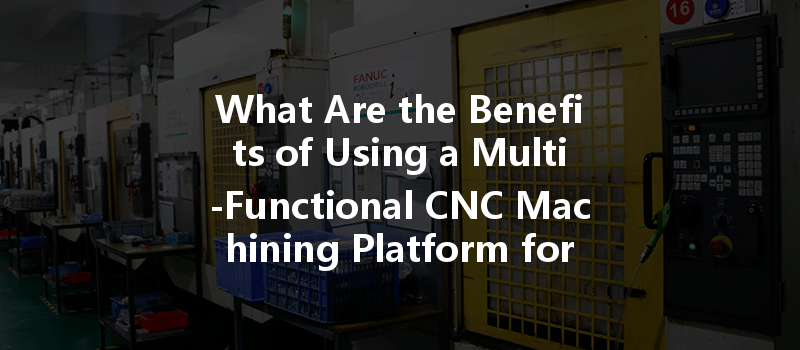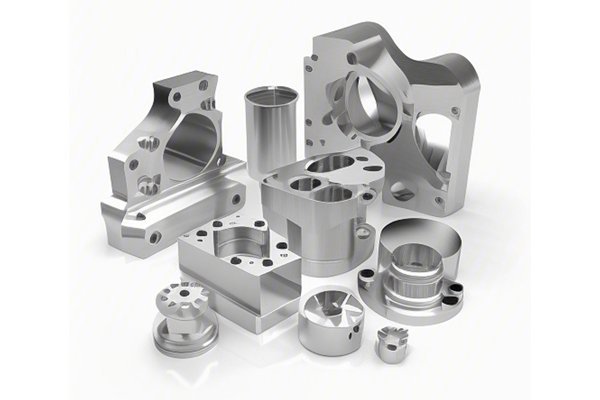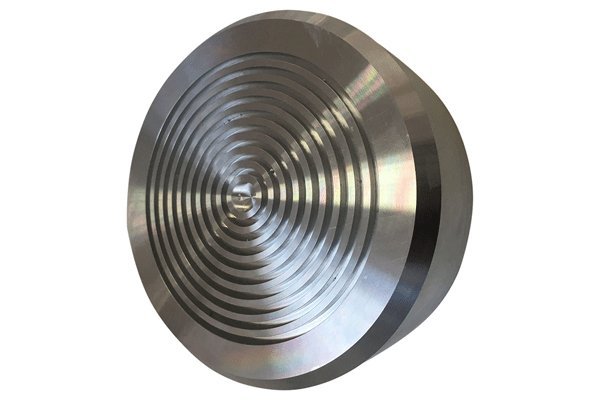Did you know that the global CNC machining market is projected to reach approximately $100 billion by 2025? This staggering growth is a testament to the increasing dependency on advanced manufacturing techniques, particularly in the production of custom parts across various industries. As businesses strive for precision, efficiency, and versatility, the advent of multi-functional CNC machining platforms has revolutionized traditional manufacturing processes. But what exactly is a multi-functional CNC machining platform, and how can it fundamentally alter the landscape of custom part production? In this comprehensive blog, we will delve into the myriad benefits of employing a multi-functional CNC machining platform, providing you with detailed solutions to enhance productivity, increase precision, and streamline workflows.
Chapter 1: Understanding Multi-Functional CNC Machining Platforms
Multi-functional CNC machining platforms are advanced manufacturing systems capable of performing multiple machining processes in one setup. Unlike traditional machines that may be restricted to a specific function—such as milling, turning, or drilling—these versatile platforms integrate various functions, allowing manufacturers to produce highly complex parts with reduced lead times.
Key Components of Multi-Functional CNC Machining Platforms
Chapter 2: The Key Benefits of Multi-Functional CNC Machining
2.1 Cost-Effectiveness
A multi-functional CNC machining platform mitigates the need for multiple machines by consolidating various operations into one. This reduces equipment costs, maintenance expenses, and the space required on the shop floor. Furthermore, fewer setups mean less time spent on tool changes, which contributes to significant savings in labor costs.
2.2 Enhanced Precision and Quality
Precision is paramount in any manufacturing environment, and multi-functional CNC platforms have been engineered to deliver just that. With advanced CNC control systems, these machines achieve tolerances of as little as 0.001 inches. Enhanced precision reduces the likelihood of defects, ensuring that each part meets the stringent quality specifications required in industries such as aerospace and automotive.
2.3 Streamlined Workflow and Reduced Lead Times
Reducing lead times is essential for securing a competitive advantage. By allowing operators to execute multiple operations consecutively without re-setting up for each process, multi-functional CNC machining platforms streamline workflows. This leads to shorter production cycles and quicker turnaround times for delivering products to customers.
2.4 Increased Production Flexibility
In today’s fast-paced market, the ability to adapt to changing demand patterns is crucial. Multi-functional CNC machines allow manufacturers to shift between different fabrication tasks with ease. Whether producing low-volume custom parts or balancing high-volume production runs, these machines can quickly redefine workflows in response to market needs.
2.5 Capability to Produce Complex Parts
Complex geometries and intricate features are the hallmark of many modern designs. Multi-functional CNC machining platforms excel at producing such parts as they combine several processes—milling, turning, and drilling—into one continuous operation. This capability minimizes the need for secondary operations, further enhancing efficiency.
Chapter 3: Key Industries Benefiting from Multi-Functional CNC Machining
3.1 Aerospace Industry
The aerospace sector demands the highest standards of quality, precision, and safety. Multi-functional CNC machining platforms are used to manufacture components such as turbine blades, brackets, and housings, which require extreme accuracy and can often be produced in single setups.
3.2 Automotive Industry
With a focus on rapid prototyping and production of lightweight components, the automotive industry benefits significantly from multi-functional platforms. These machines can process various materials, including aluminum, steel, and composites, thus catering to different vehicle designs.

3.3 Medical Devices
The production of medical devices necessitates high precision and intricate designs that comply with stringent regulatory requirements. Multi-functional CNC machining platforms create components with complex geometries—like implants and surgical instruments—with the precision needed to ensure patient safety.
3.4 Electronics Manufacturing
As technology advances, so does the need for precise and compact components in electronics. Multi-functional CNC machining can fabricate housing, connectors, and circuit board supports, all while ensuring that specified tolerances are maintained.
Chapter 4: Implementing Multi-Functional CNC Machining Platforms in Production
4.1 Assessing Needs and Requirements
Before investing in a multi-functional CNC machining platform, it essential for manufacturers to assess their current and future production needs. This will determine the capabilities necessary for the investment to be justified effectively.
4.2 Training Operators
Due to the advanced technology involved, training operators on how to utilize these platforms effectively is crucial. This not only ensures safety but also maximizes the performance of the machine.
4.3 Integrating CAD/CAM Software
Employing advanced CAD/CAM software is essential for creating the complex designs that multi-functional CNC platforms can produce. This integration directly links design to manufacturing, reducing errors and improving efficiency.
4.4 Continuous Improvement and Maintenance
Like any machine, multi-functional CNC platforms require continuous maintenance. Implementing a predictive maintenance plan can mitigate downtime and ensure longevity while optimizing performance.
Chapter 5: Case Studies of Success
Case Study 1: Aerospace Manufacturer Increases Efficiency
An aerospace manufacturer integrated a multi-functional CNC platform into their operations. They reported a 30% reduction in lead times and a significant increase in productivity by minimizing setups while ensuring exact precision.
Case Study 2: Automotive Parts Supplier Reduces Costs
A supplier in the automotive sector utilized a multi-functional CNC machine to consolidate their supply chain. By reducing their dependence on multiple machines, they cut costs by more than 20% while improving their production flexibility.
Case Study 3: Surgical Equipment Manufacturer Enhances Quality
A surgical equipment manufacturer leveraged the capabilities of multi-functional CNC platforms to produce parts with intricate designs and tighter tolerances. This allowed them to meet rigorous quality standards and achieve a 15% reduction in material waste.
: Why Embrace Multi-Functional CNC Machining Platforms?
The evolution of manufacturing technology has largely been propelled by the need for efficiency and precision. Embracing multi-functional CNC machining platforms is not merely an option; it’s a strategic business decision that can propel a company into a competitive position in the marketplace. From cost savings to enhanced production capabilities, the benefits are too significant to disregard.
As industries continue to transform, those who adopt the latest advancements in manufacturing technology will not only thrive but will also innovate the landscape of custom part production. Understanding the intricacies and benefits of multi-functional CNC machining platforms is key for any organization looking to succeed in today’s fast-evolving manufacturing environment.
This blog underscores the importance of investing in advanced machining capabilities, encouraging readers to evaluate their production needs and consider how multi-functional CNC platforms can optimize their processes. In the ever-competitive world of manufacturing, the choice is clear: versatility and precision lead to sustainable success.
—






